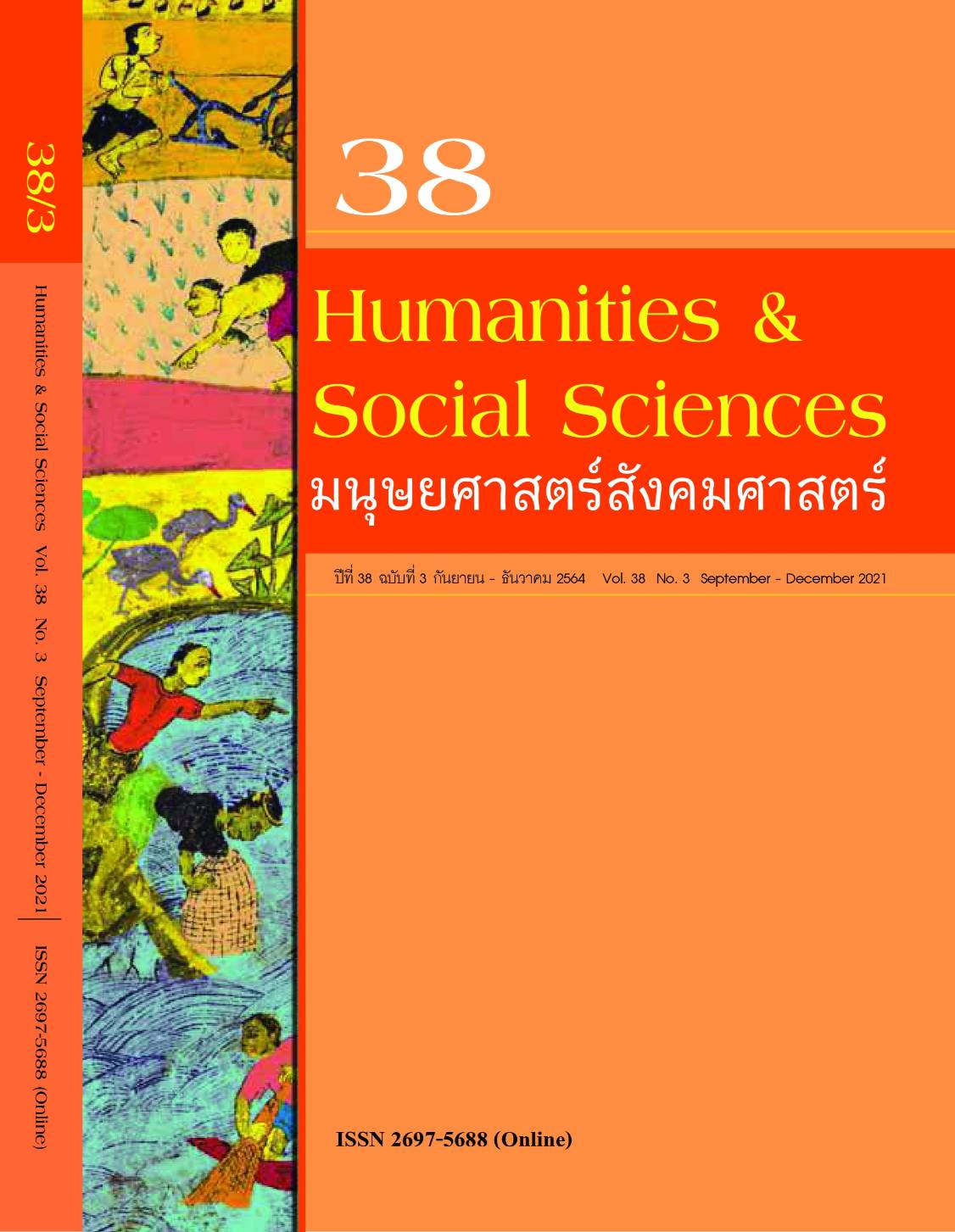การใช้การ์ตูนภาพเคลื่อนไหวเพื่อปรับพฤติกรรมก้าวร้าวของเด็กที่มีภาวะออทิซึมสเปกตรัมในห้องเรียนรวม
Using Animated Cartoon to Modulate Aggressive Behavior of Children with Autism Spectrum Disorder in Inclusive Classes
Keywords:
Animated Cartoon, Modulate Ageressive Behavior and children with autism spectrum disorderAbstract
Abstract
Children with autism spectrum have communication disabilities and social interaction, showing inappropriate behavior like having aggressive behavior. The research objectives are (1) to design Animated Cartoon to modify the aggressive behavior of children with autism spectrum in the classroom cartoon and (2) to compare the aggressive behavior of children with autism spectrum in the inclusive classroom before and after using animated cartoon. The sample group used for this research was grade 1-3 children with autism spectrum who are studying in the inclusive classroom of Udon Thani Kindergarten School in Udon Thani province, five participants aged 6-10 and were diagnosed by a pediatric psychiatrist as children with autism spectrum.
This research has been approved by the Human Research Ethics Committee, Khon Kaen University, number HE643005. The research instruments of this study consisted of an observational form, interview with aggressive behavior, aggressive behavior scale, and video clip of animated cartoon with instruction manual and guidelines.
The results showed that (1) the animated cartoon designed by the researcher was examined by five experts with the content validity (IOC) of between 0.66-1.00; (2) the behavioral adjustment result of children with autism spectrum disorder in the inclusive classroom after watching an Animated Cartoon presented the decreased level of aggressive behavior; and (3) from the comparison before and after watching animated cartoon analyzing data from the aggressive behavior measurement model found that the aggressive behavior of children with autism spectrum in the inclusive classroom was decreased.
Keywords: animated cartoon, modulate aggressive behavior, children with autism spectrum disorder
References
หลักเกณฑ์ของคนพิการทางการศึกษา พ.ศ. 2552”. กรุงเทพฯ : กระทรวงศึกษาธิการ.
กระทรวงศึกษาธิการ. (2554). หลักสูตรแกนกลางการศึกษาขั้นพื้นฐาน พุทธศักราช 2551
กรุงเทพฯ: โรงพิมพ์คุรุสภาลาดพร้าว.
เติมทิพย์ พานิชพันธ์. ( 2560 ). ปัจจัยที่ส่งผลต่อพฤติกรรมก้าวร้าวของเด็กและเยาวชนชาย
ในศูนย์ฝึกและอบรมเยาวชน เขต 2 จังหวัดราชบุรี ภาควิชาจิตวิทยาชุมชน มหาวิทยาลัย
ศิลปากร.
ผดุง อารยะวิญญู.(2542).การเรียนร่วมระหว่างเด็กปกติกับเด็กที่มีความต้องการพิเศษ.
กรุงเทพฯ: แว่นแก้ว.
มูลนิธิออทิสติกไทย. (2553) . คู่มือฝึกทักษะการเคลื่อนไหวเด็กพิเศษ : นันทกานต์กราฟฟิค.
รัศมี ปิ่นแก้ว. ( 2550 ). ผลการใช้เบี้ยอรรถกรในการลดพฤติกรรมการลุกจากที่นั่งขณะ
นั่งเรียนของเด็กออทิสติก ศึกษาศาสตร์ ( การศึกษาพิเศษ ) มหาวิทยาลัยเชียงใหม่.
สิริวรรณ ยะไชยศรี, สานิตย์ กายาผาด และพงษ์พิพัฒน์ สายทอง. ( 2558 ). รูปแบบการ์ตูน
แอนิเมชั่น 2 มิติ เพื่อการเรียนรู้ด้านการมีวินัยสำหรับเด็กปฐมวัย. วารสารบัณฑิตศึกษา.
12( 57 ). 123-130.
Arkansas. ( 2020 ). Available from: https:// uca.edu/psychology/files/
2013/08/Table-of-contents-and-preface.pdf
Buss, A.H, and Perry,M ( 1992 ). “ The Aggression Questionnaire,” Joumal of
Personality And Social Psychology. 63(3) : 452 – 459.
Fessia G, Manni D, Contini L, Astorino F. Estrategias. ( 2018 ) Strategies of planned
Physical activity in autism: systematic review. Rev Salud Publica (Bogota)
20(3):390-5.



